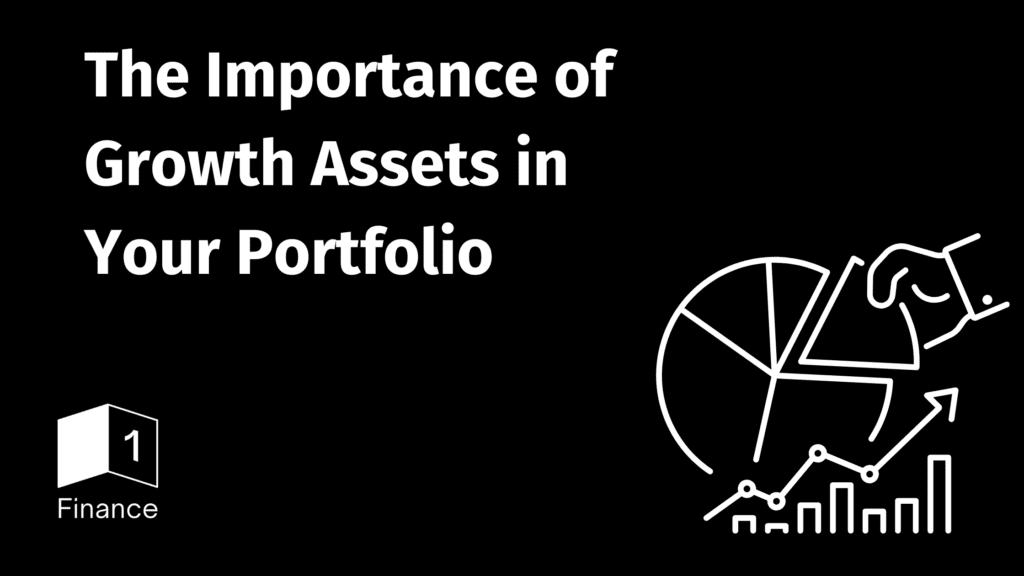Priya Kumar, a 40-year-old IT professional from Bengaluru, earns ₹1,50,000 per month. Despite regular savings, she is concerned about her future, especially after seeing her parents struggle with medical expenses in retirement. With only ₹15,00,000 saved and retirement approaching in 20 years, Priya understands the importance of devising a strategic financial plan for her future.
The Importance of Including Growth Assets in Your Portfolio
As of October to December 2024, the current interest rates for key savings schemes in India are as follows:
- Public Provident Fund (PPF): 7.1% per annum
- Senior Citizen Savings Scheme (SCSS): 8.2% per annum
While these rates may seem appealing, it is crucial to consider the real rate of return, which factors in inflation to determine the actual growth in purchasing power.
Calculating the Real Rate of Return
The formula for the Real Rate of Return is:
Real Rate of Return =
1 + Nominal Rate
1 + Inflation Rate
– 1
- Nominal Rate: The stated return on an investment (e.g., FD interest rate).
- Inflation Rate: The rate at which prices are increasing.
Let’s calculate the real rate of return for a fixed deposit (FD) offering 7.5% interest with an inflation rate of 7%.
-
- Convert percentages to decimal form:
- FD return (nominal rate) = 7.5% = 0.075
- Inflation rate = 7% = 0.07
- Apply the formula:
Real Rate of Return =1.0751.07– 1 ≈ 0.00467 or 0.47%
- Convert percentages to decimal form:
This calculation reveals that despite the FD’s nominal rate of 7.5%, the real rate of return is only 0.47%, significantly reducing the actual gain after adjusting for inflation. Over 20 years, an initial investment of ₹15,00,000 would grow to approximately ₹16,45,590 in today’s purchasing power.
The Impact of Growth Assets such as Equity
Now, let’s examine the same scenario using a growth asset like equity, with a nominal return of 12% and the same inflation rate of 7%.
- Nominal Rate = 12% = 0.12
- Apply the formula:
Real Rate of Return =1.121.07– 1 ≈ 0.0467 or 4.67%
In this case, the real rate of return is approximately 4.67%, signifying a notable increase in purchasing power after accounting for inflation. Over 20 years, an investment of ₹15,00,000 would grow to around ₹37,37,109.
In Summary
The comparison vividly demonstrates the necessity of incorporating growth assets like equity when crafting a retirement portfolio. While traditional savings schemes offer stability, they may not be enough to combat inflation in the long run. By integrating equities, a more resilient and growth-oriented portfolio can be established, ensuring a secure and comfortable retirement.




